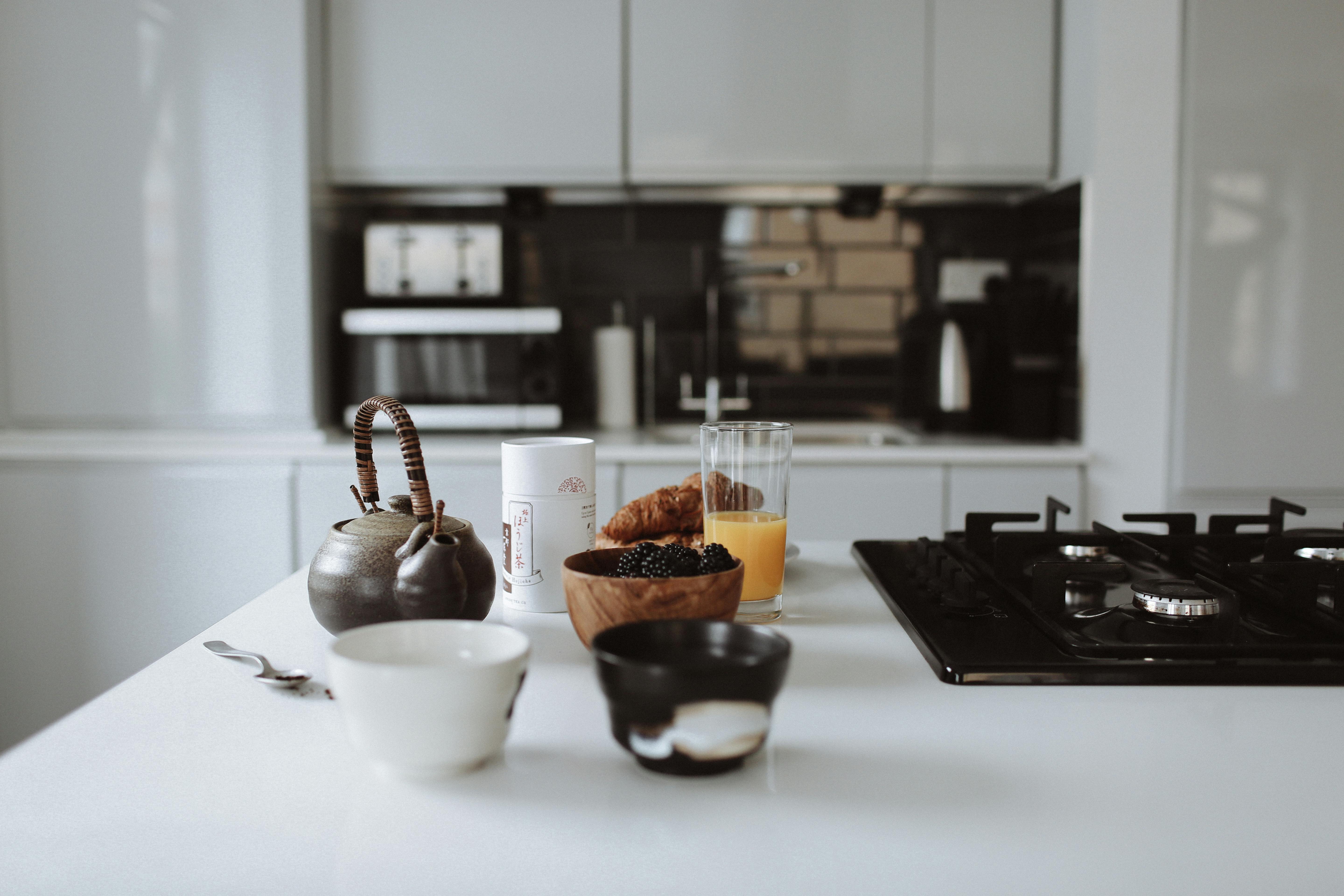Confessions of a Tiler – Bathroom Floor Selection
Selecting tiles for your bathroom is an area where I believe you should adhere to some basic principles, but it’s also an area where you can let your imagination run wild. Various sizes, colors and textures combined can make your bathroom a true work of art!
Let’s start.
First, you need to consider the maintenance and ease of them. Second, you need to consider the texture and where to place it. Third, colors. Fourth, the layout and design elements are consistent with the interior style or theme of your home or space.
Maintenance is often overlooked at the expense of losing luster and shine over a period of time. Nothing looks worse than dull, weathered travertine.
My advice after having broken many Travertine floors is to consider Granite, Ceramic, Porcelain or Glass for the bathroom floor. Use a durable, non-porous, easy-to-clean material. You can use travertine, but remember that it must be sealed. As a floor surface, this can build up if not properly maintained. Like marble, travertine is a soft material that requires maintenance and can easily stain, scratch, and chip.
Textures on floors can add an immediate design element. Perhaps a textured material or natural stone strategically placed in the center of the floor or as a perimeter band. Laying floor tiles diagonally or in a diamond pattern has the effect of making the room appear larger. However, expect to pay an extra $1.75 and up for a diamond pattern per square foot.
Design elements will also increase the cost. You can expect as much as $5.00 or more per square foot. Textures like tumbled marble work best on walls. Round Riverbed Stones work well on shower floors and offer therapeutic value. Polished marble or another natural stone color used as a band of color, if incorporated correctly, adds excitement and an “off the beaten path” point of interest.
Colors. Always remember that when using natural stone, it generally costs more to install because tile installers have to fabricate, shape, grind, polish and form many pieces of the material. Most of the time, there are no preformed corners and edges like there are with ceramic tile. And, the process takes much longer. You’ll appreciate it more when you spend $25 to $30 or more per square foot just for the material.
Another point to remember is that almost any tile, including natural stone, can have a pattern! You really need to open a few boxes to determine if you may run into a problem here. When I took the tiles out of the boxes and placed them on the wall, we could clearly see that we had reassembled the tile cut straight from the box. This is unusual but it does happen. In other cases, the same grain or flow of colors in natural stone, be it granite, marble, sandstone, travertine, and gemstones, may not look right. Areas of dark tiles may need to be distributed within lighter tiles so you don’t end up with too many dark or light tiles in one area.
If you like to do it yourself, when installing travertine floors or walls, be sure to use a thin-set mortar that matches the color of the tile surface. Lighter travertine should be set with white thin-set and darker or chocolate travertine should be set with gray thin-set. This is because travertine is a porous material and its thin layer can show through the surface or be pushed during installation. This can appear as a blemish.
Design elements enhance the flavor of a space through the use of colors, textures, and sizes. A plain 6X6 shower enclosure will look much more attractive with a strip of color at least at eye level. Using that same strip of color in other places like the shower floor or within an alcove adds a bit of class.
There’s a virtual universe of materials, colors and textures at local dealers to spice up your next project. These additions add simple and attractive sophistication to a boring bathroom or shower floor.
The materials and ideas are as endless as your imagination and budget.
Be creative please!
And by the way, stop using 4X4 tile and that so-called “waterproof” blue plate for backing. We rip more of these things than anything else. Use Hardy Backer and at least 6X6 tile. Fewer grout lines = longer lasting shower tile job.
